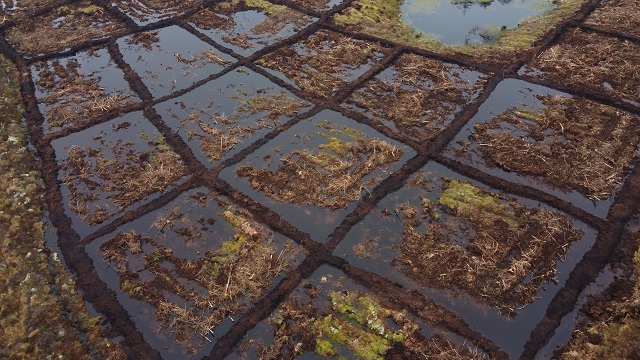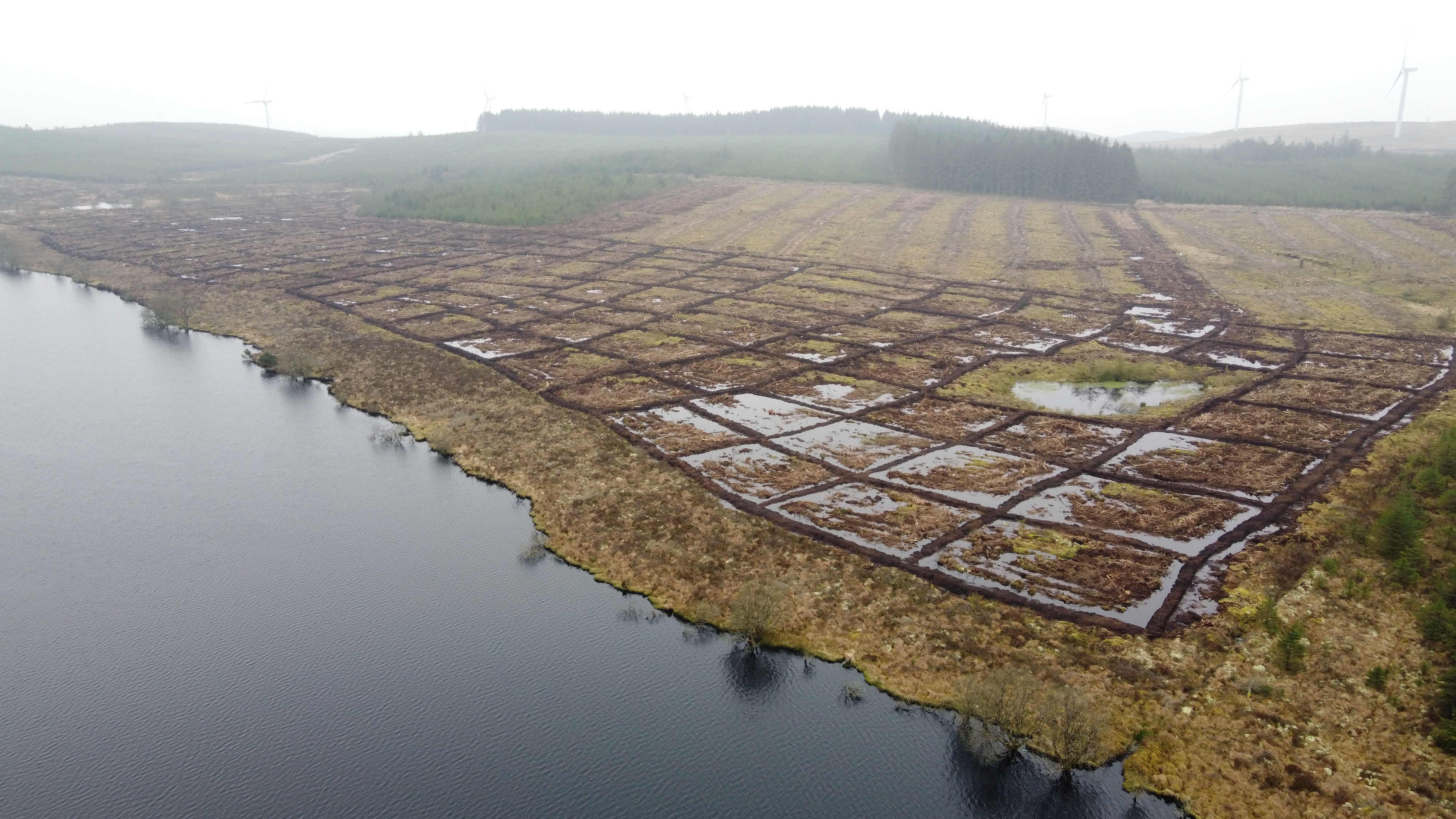Celebrating the brilliance of bogs
25 July 2023 16:12

World Bog Day is celebrated every year at the end of July. Closer to home, NI Water would like to remind the public about the importance of bogland areas in helping combat climate change, prevent flooding, boost our biodiversity and help purify and provide clean drinking water.
All the rainy days in July have been perfect for our bogs, storing water for when the sunny days return.
Bogs are very wet areas of land. They consist of soft spongy ground consisting mainly of partially decayed plant matter called peat and take thousands of years to develop. Peat is a fossil fuel, and many bogs are drained to collect the peat for people to burn for heat. Bogs are delicate and fragile ecosystems and once they start to dry out this can cause lots of problems.
In Northern Ireland, twelve percent of the land here is covered in peat bog. As the second biggest landowner in Northern Ireland, NI Water works hard to protect and restore bogs across its 3,000 hectares of peatlands to improve their condition. This includes the largest expanse of intact blanket bog in Northern Ireland at Garron Bog, plus many others.
Why are peat bogs important?
- Peat bogs store carbon – if peat is removed and burnt it releases a large amount of carbon dioxide in the atmosphere adding to global warming
- Peat bogs cover just over 3% of the world’s land but store twice as much carbon as all the trees combined
- The better condition the peat bogs are in the more carbon they can remove and store in the peat. They can take in carbon from the atmosphere through the plants and mosses growing there but if in bad condition (dried out) they release more carbon than they store as the moss layer is lost and the peat starts to give off carbon
- Healthy peat bogs can play a key role in climate change by preventing the escape of carbon
- Bogs absorb large amounts of rain especially through the Sphagnum moss which grows there and can prevent flooding
- Bogs can help our drinking water by helping to slow the flow of water to nearby reservoirs – if bogs are in poor condition more particles of peat enter the reservoir and it is harder to clean the water at the Water Treatment Works
- Biodiversity- Sphagnum moss is the most common bog plant, but reeds, sedges and heathers also grow here. Some bogs are good for cranberries, bilberries and huckleberries
- Bogs attract lots of insects which also attract amphibians such as frogs and newts
- Bogs don’t have many nutrients for plants to grow so carnivorous plants that get nutrients from insect prey are common- sundews and pitcher plants trap insects

NI Water’s Rebecca Allen explains the work NI Water does to protect local bogs: “Our bogs are of huge value to wildlife and our local habitat and they play a vital role in naturally filtering raw water so it is very important we protect them.
“We look after our bogs by keeping them wet, blocking drains and managing animals grazing. All of these activities help keep the bogs damp and waterlogged ensuring the plants and animals that live there stay happy and healthy, and the water table close to the surface.
“By protecting our bogs we can remove pollutants naturally at source rather than at the treatment works, which also results in cost savings. As water is naturally filtered through the peat and through the mosses, we end up with a better water quality product going into the dam and into the water treatment works which can mean less use of chemicals and less sludge production and reducing our carbon footprint overall.”
Ends
All media enquiries to NI Water Press Office email press.office@niwater.com
Notes to Editors:
Further information on peat bogs can be found here:
https://www.niwater.com/garron-plateau-bog-restoration-project/
Lowland peat bogs animation - YouTube
Chapter 1 - What is a Bog and Why Should We Conserve it? - YouTube
Chapter 2 - Threats to the Bog and Project Actions - YouTube